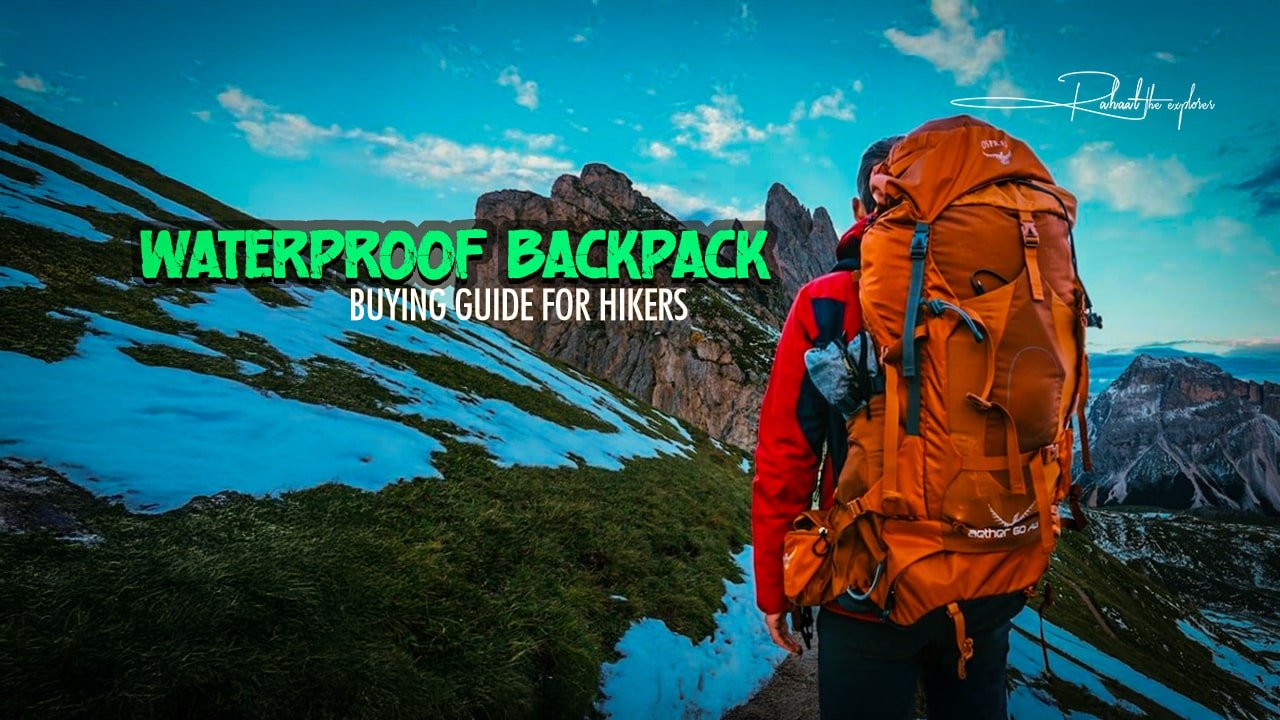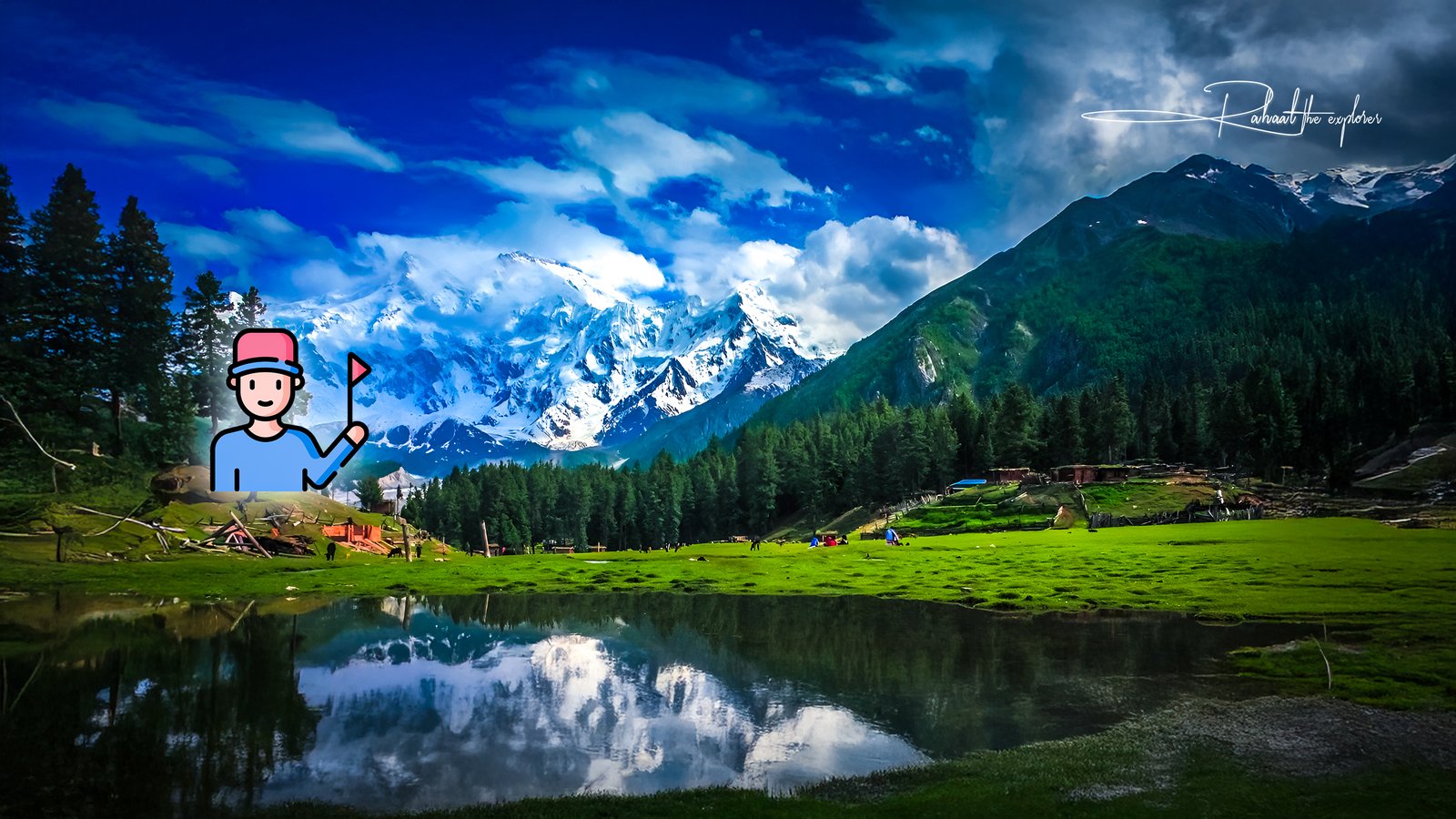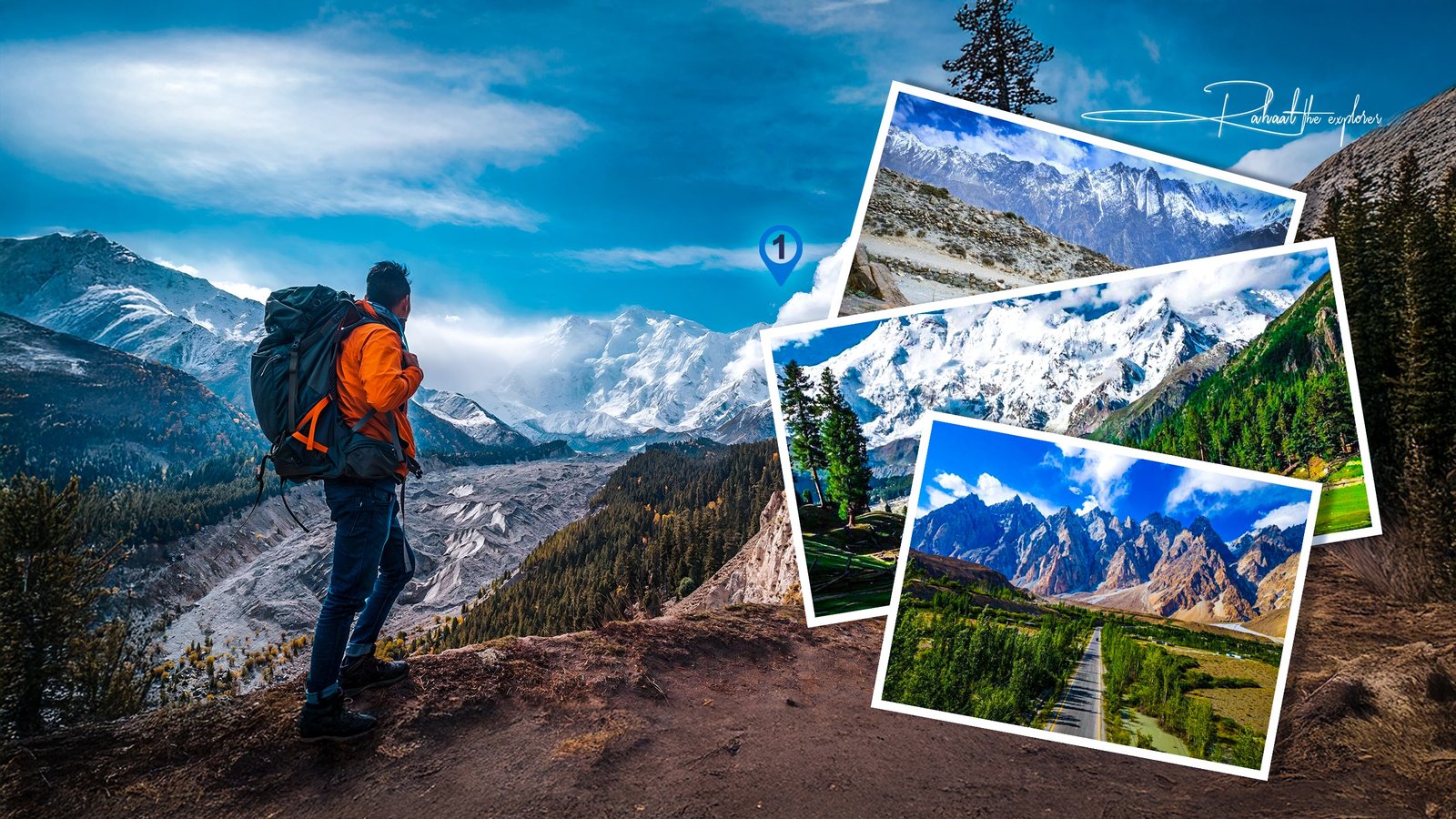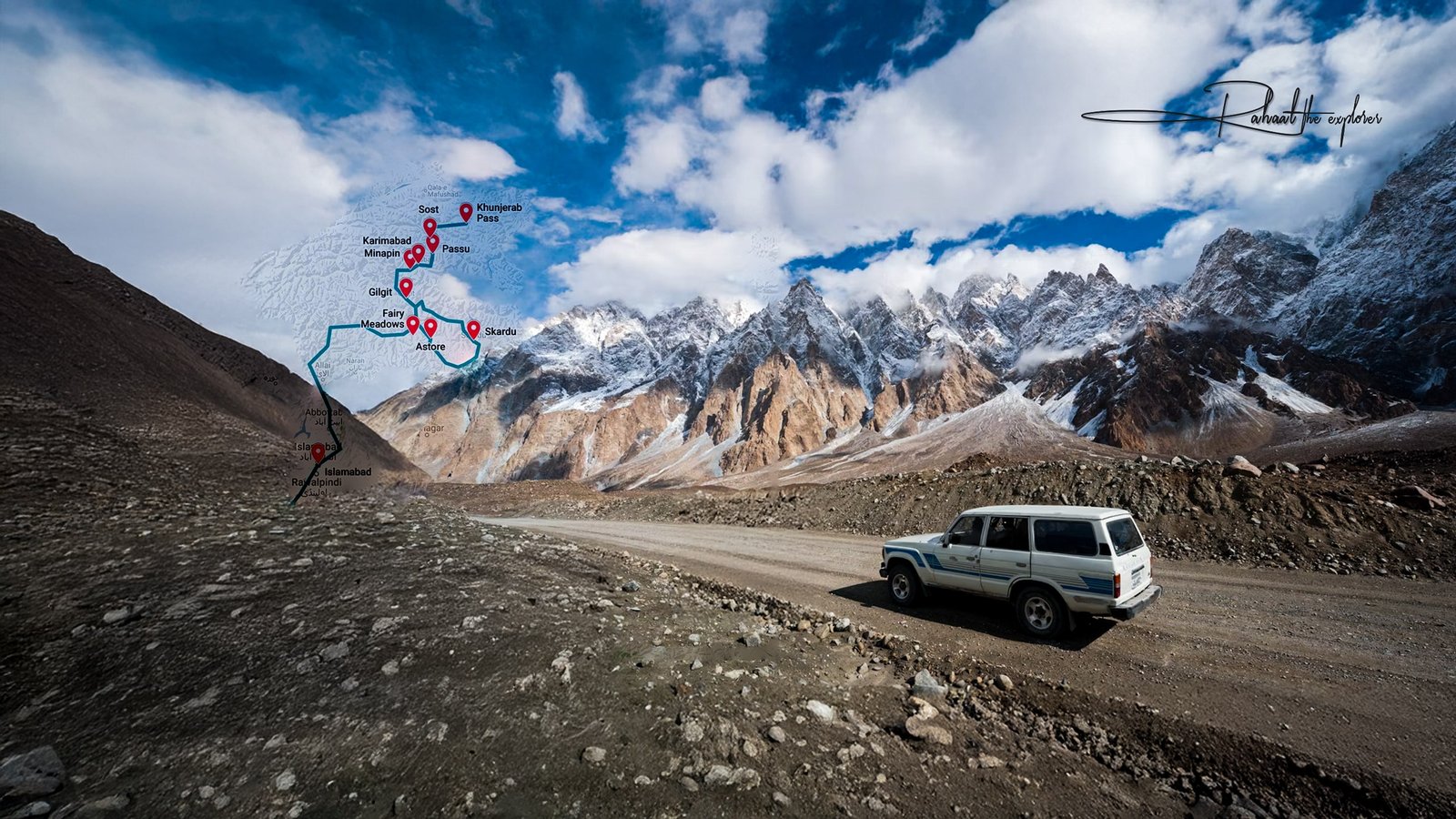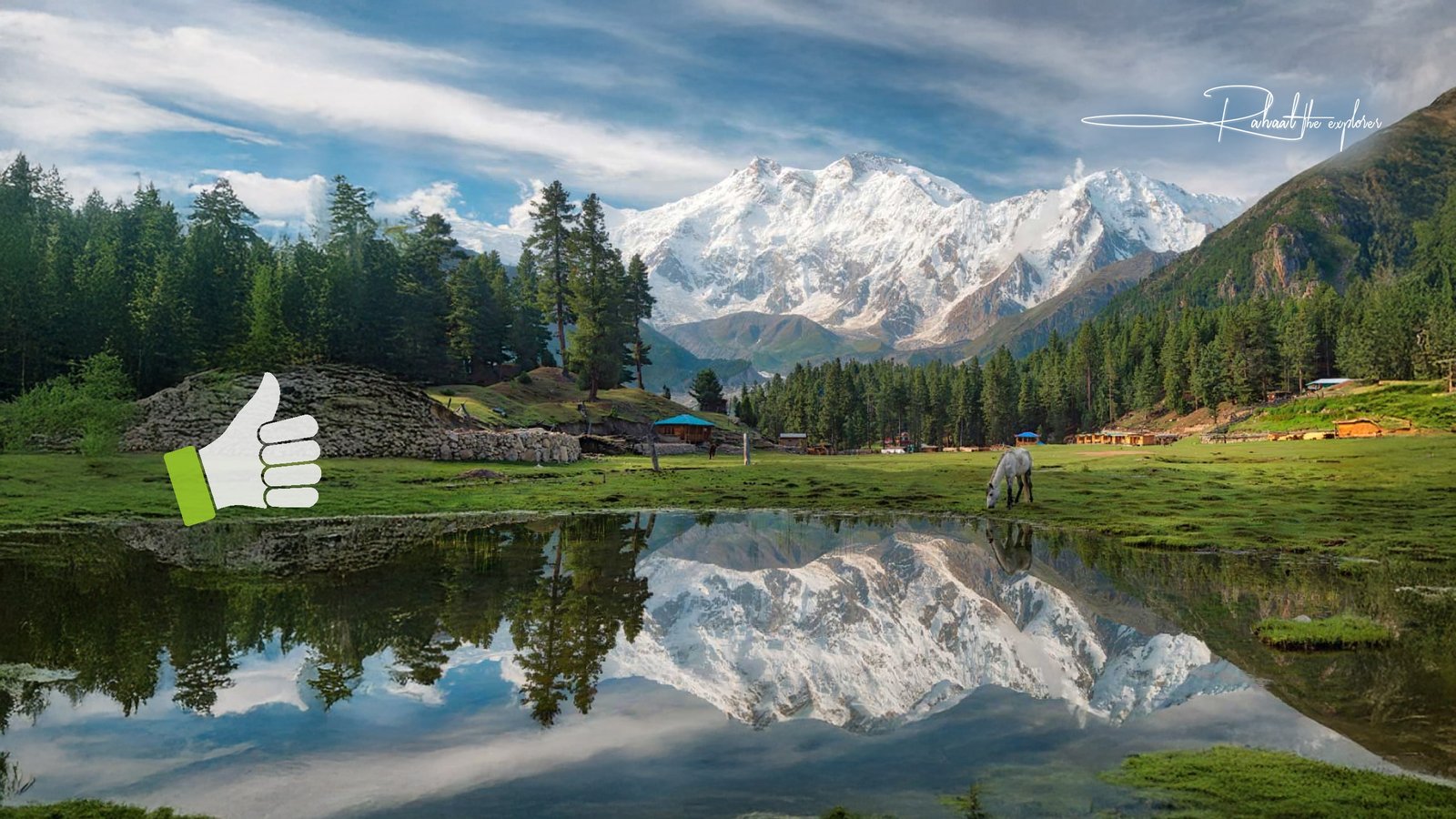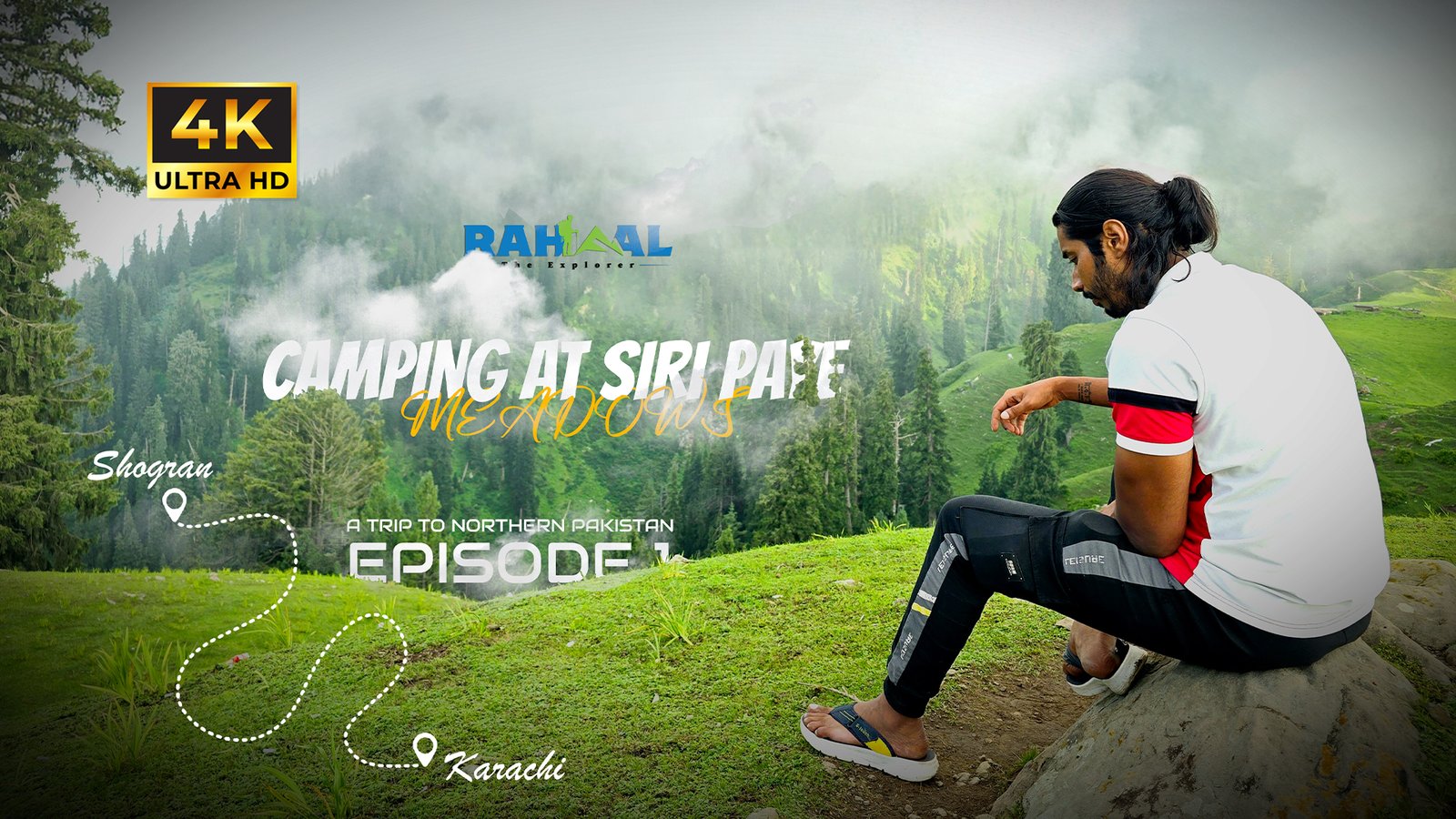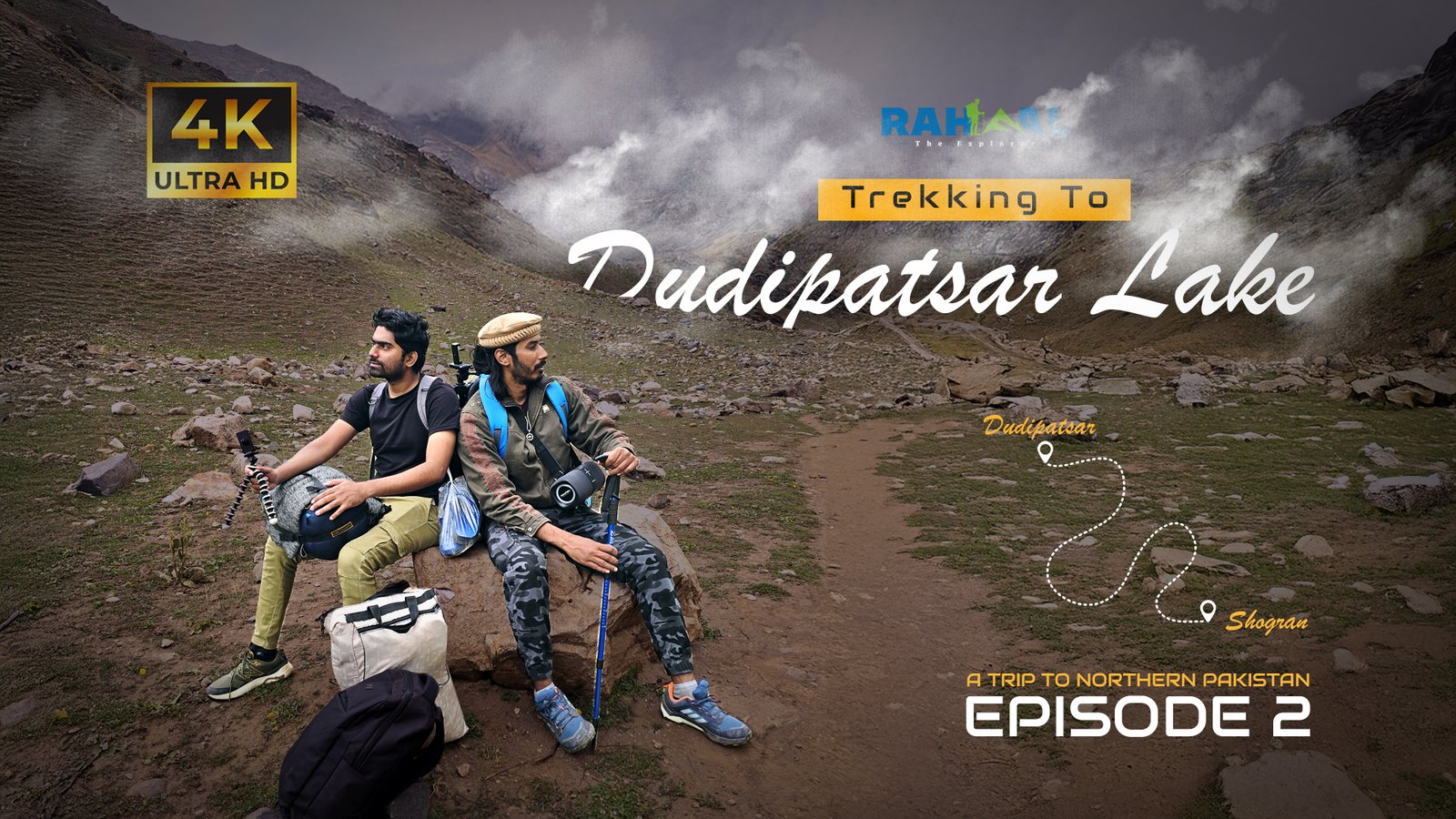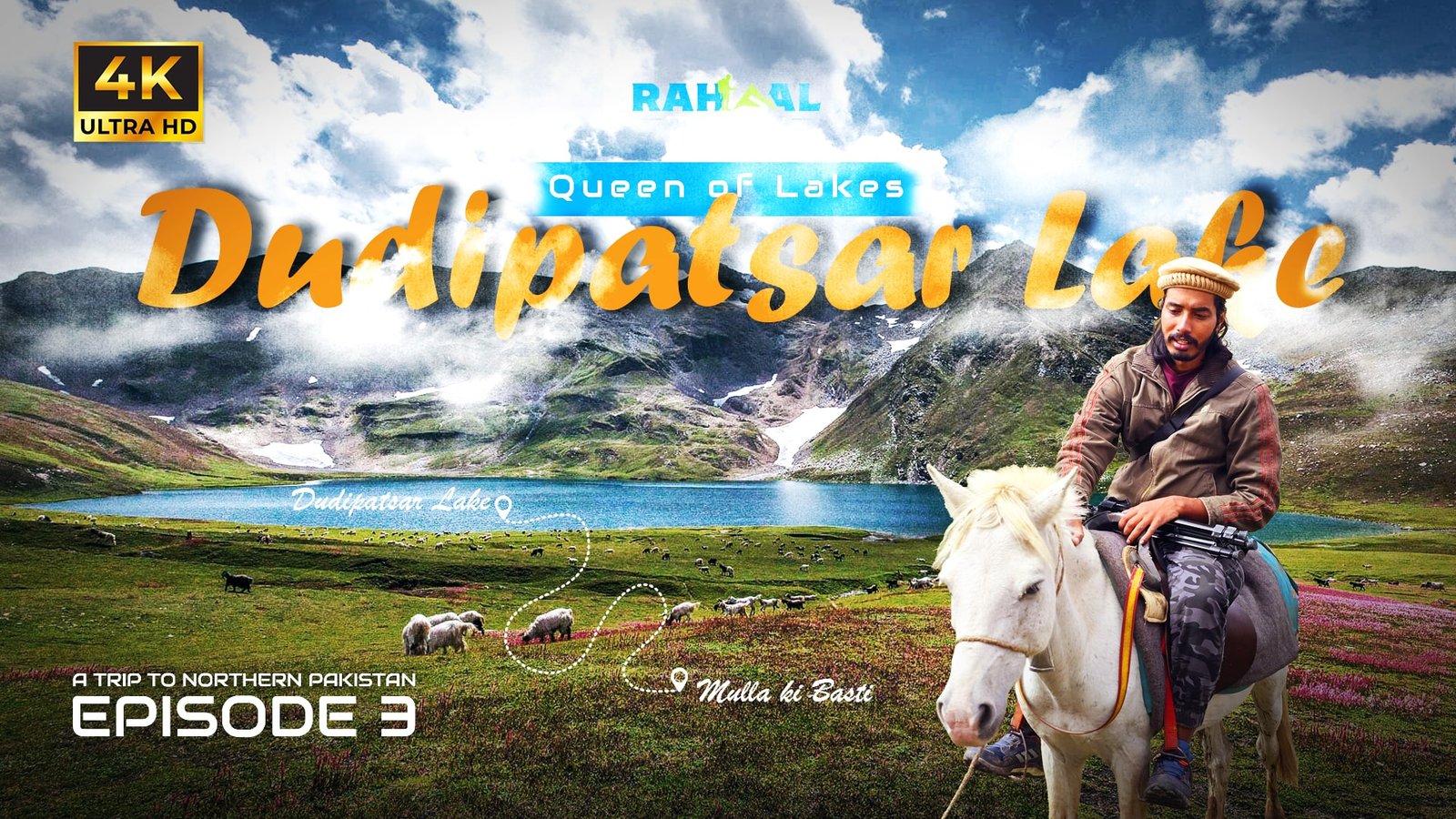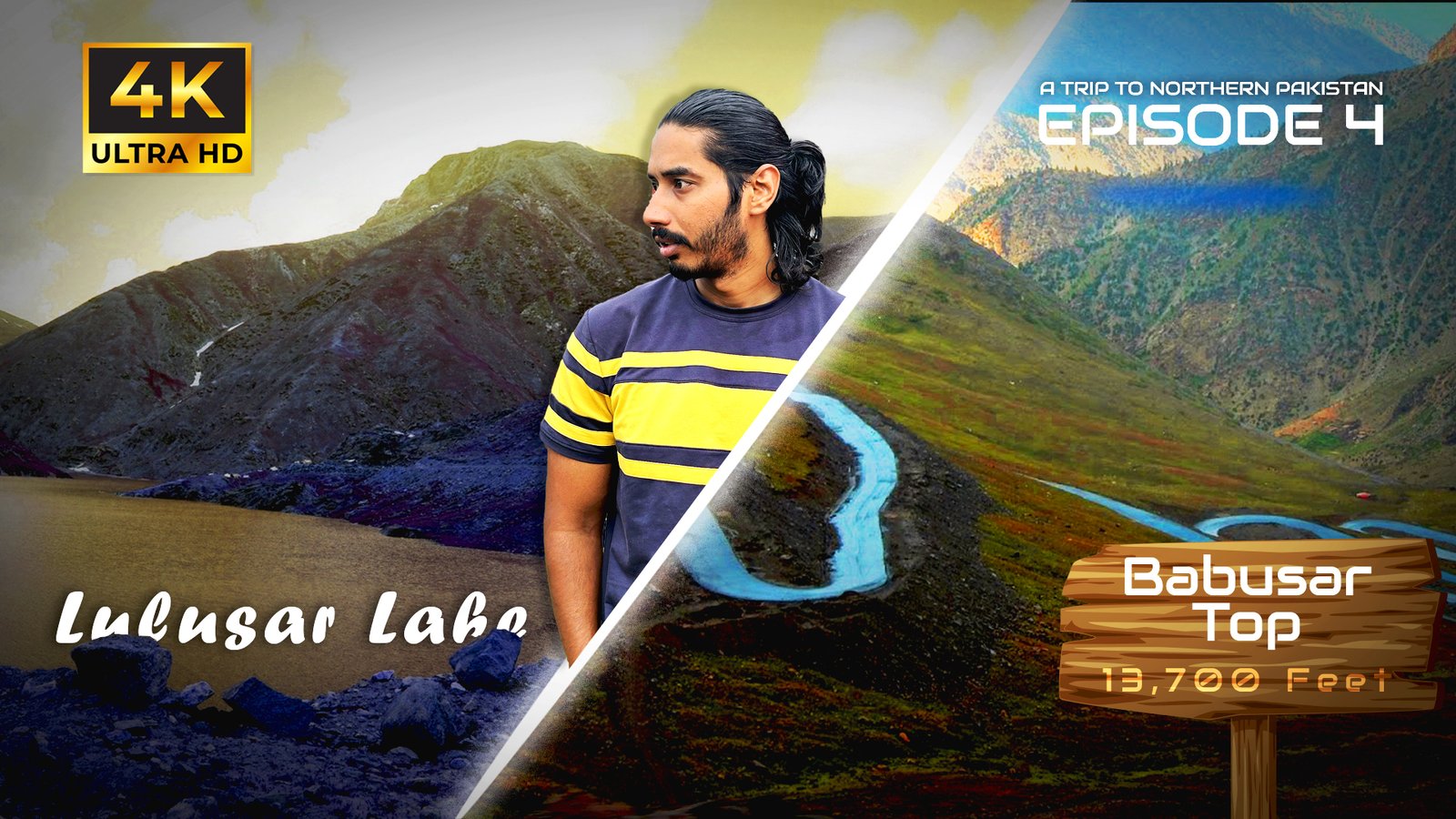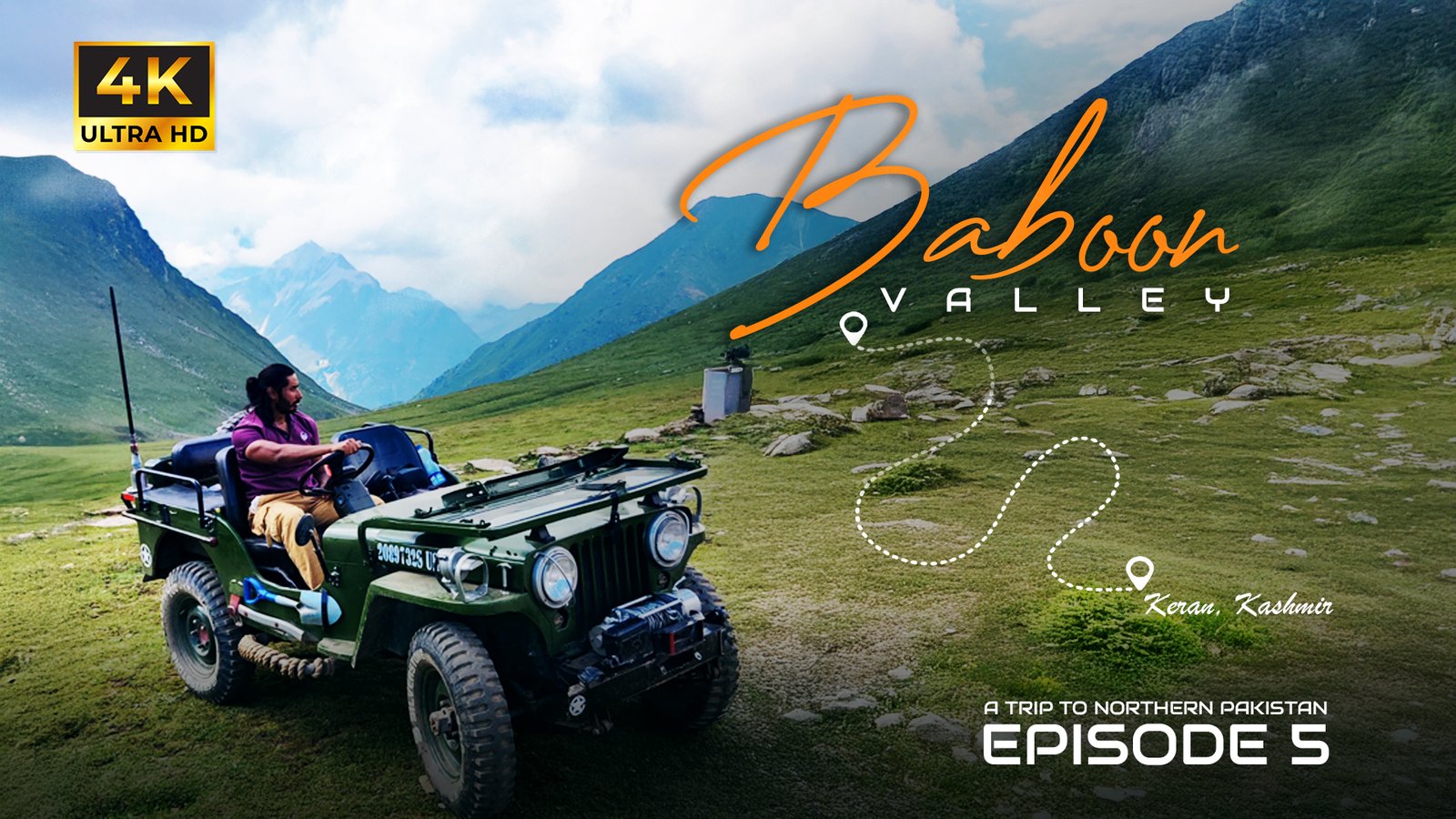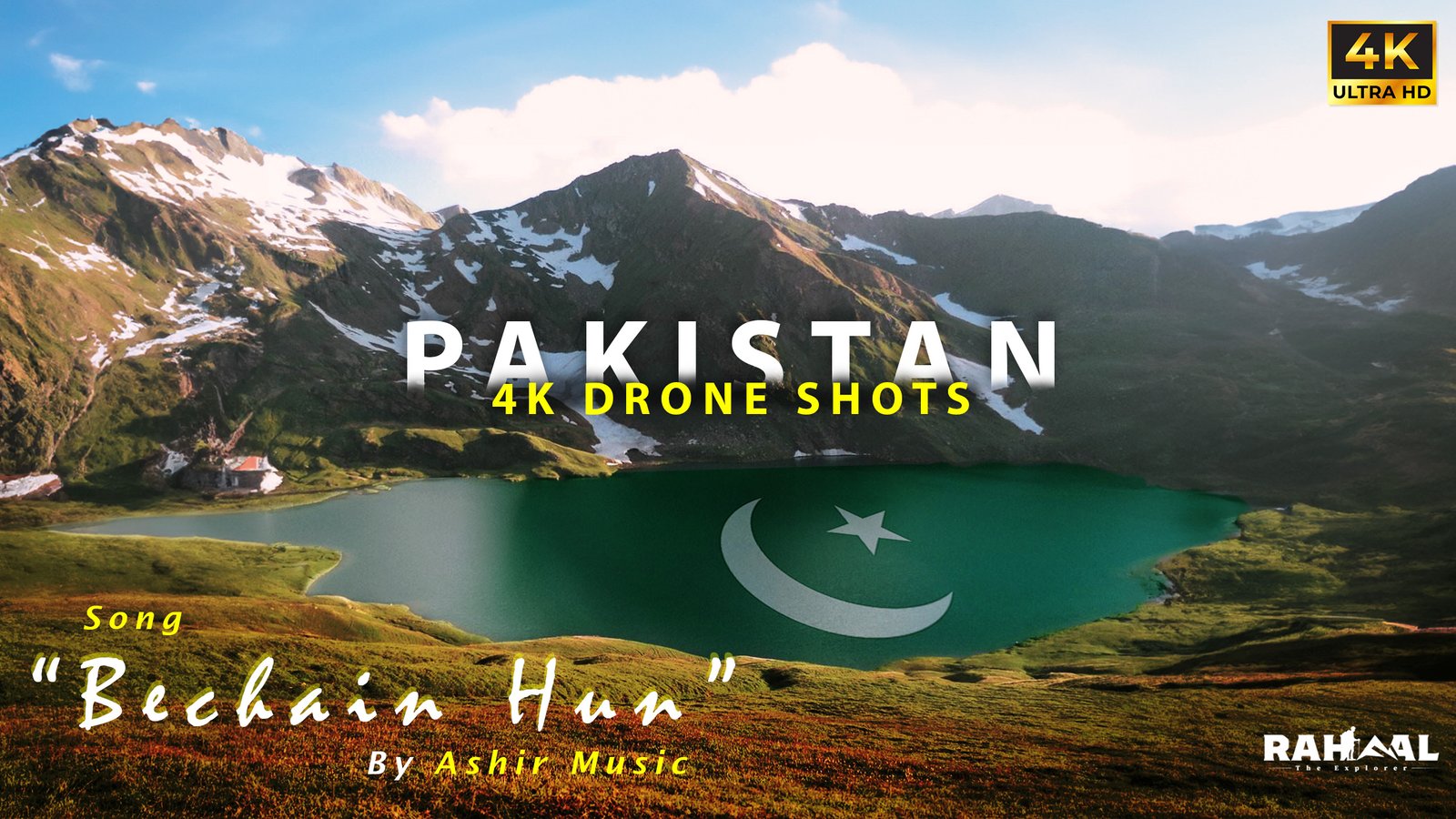Introduction
Every hiker knows the importance of reliable gear. When you’re trekking through unpredictable weather, crossing streams, or hiking in humid conditions, a waterproof backpack isn’t just a luxury—it’s an essential. A wet sleeping bag, damp clothes, or ruined electronics can turn an adventure into a nightmare.
But with so many options on the market, how do you choose the right one? This comprehensive waterproof backpack buying guide will help you understand features, types, materials, and what to look for before making your purchase.
Why Do You Need a Waterproof Backpack?
Before we dive into specifics, let’s answer the obvious: why invest in a waterproof backpack?
- Weather Protection: Sudden rain showers can drench your gear.
- Durability: Waterproof materials are often stronger and more resistant to abrasions.
- Peace of Mind: Keep valuables like your phone, camera, and maps safe.
- Adventure Flexibility: Great for hiking, kayaking, biking, or camping in wet environments.
Waterproof vs. Water-Resistant Backpacks
Many people confuse waterproof with water-resistant, but they’re not the same.
- Water-Resistant Backpack: Can handle light rain or splashes but won’t protect against full submersion.
- Waterproof Backpack: Made with sealed seams, waterproof zippers, and coated materials to withstand heavy rain and sometimes even submersion.
👉 Pro Tip: If you hike in regions with unpredictable weather, always opt for a fully waterproof backpack over just water-resistant models.
Key Features to Look for in a Waterproof Backpack
When shopping for the perfect waterproof backpack, consider these crucial features:
1. Material
Most waterproof backpacks are made from:
- PVC Tarpaulin: Durable, heavy-duty, and completely waterproof.
- Nylon with PU Coating: Lightweight and water-repellent.
- TPU (Thermoplastic Polyurethane): Flexible, eco-friendlier, and resistant to scratches.
2. Capacity
Hikers should choose capacity based on trip length:
- 20–30L: Day hikes or short treks.
- 30–50L: Overnight or weekend hikes.
- 50L+: Multi-day expeditions.
3. Closure System
The type of closure affects waterproofing:
- Roll-top: Most reliable for sealing out water.
- Zippered with Flaps: Easier access but less waterproof.
- Combination Designs: Roll-top plus zipper compartments for versatility.
4. Comfort and Fit
- Adjustable shoulder straps and hip belts distribute weight.
- Padded back panels improve airflow and comfort.
- Chest straps add extra support for longer hikes.
5. Compartments & Organization
- Separate laptop sleeve (if used for travel/work).
- Mesh side pockets for water bottles.
- Internal dry compartments for electronics.
6. Additional Features
- MOLLE system for attaching gear.
- Reflective strips for safety during night hikes.
- Hydration bladder compatibility for long treks.
Best Types of Waterproof Backpacks for Hikers
When considering the best waterproof backpack, it’s helpful to know the categories available:
1. Dry Bags with Straps
- Completely waterproof.
- Simple design, ideal for kayaking and wet hikes.
2. Technical Hiking Backpacks
- Waterproof yet ergonomic for long treks.
- Built-in compartments for gear organization.
3. Hybrid Backpacks
- Combination of waterproof compartments and breathable fabric.
- Balance of comfort and durability.
4. Urban/Travel Waterproof Backpacks
- Stylish and functional.
- Protect laptops and gadgets during city commutes or hikes.
Benefits of Using a Waterproof Backpack
A waterproof backpack doesn’t just protect your gear—it enhances your overall hiking experience:
- Versatility: Suitable for hiking, traveling, or even beach trips.
- Protection: Safeguards electronics and clothing.
- Durability: Made with rugged materials designed to last.
- Stress-Free Travel: No worrying about unexpected weather conditions.
Top Waterproof Backpack Brands for Hikers
While we won’t review specific models here, some popular brands trusted by hikers include:
- Osprey Packs
- Sea to Summit
- YETI
- The North Face
- Ortlieb
- Earth Pak
- Patagonia
Tips for Maintaining Your Waterproof Backpack
Even the best gear needs care. Follow these tips to extend the life of your waterproof backpack:
- Clean After Every Trip – Wipe down with a damp cloth to remove dirt or salt.
- Avoid Overloading – Prevent unnecessary strain on seams and straps.
- Dry Properly – Store in a cool, dry place to avoid mold growth.
- Reapply Waterproof Coating – Some fabrics may need additional waterproof sprays over time.
Common Mistakes to Avoid When Buying a Waterproof Backpack
- Confusing waterproof with water-resistant.
- Choosing the wrong size for your hiking needs.
- Ignoring comfort features like padding and straps.
- Buying cheap knock-offs that fail under real conditions.
- Skipping reviews—always check customer feedback before buying.
Packing Tips for Your Waterproof Backpack
Even with a waterproof design, smart packing ensures extra protection:
- Use dry bags inside for added safety.
- Keep electronics in inner compartments.
- Store wet and dry gear separately.
- Balance heavy items near your back for better posture.
FAQs About Waterproof Backpacks
Q1: Are all waterproof backpacks submersible?
Not all. Some are splash-proof or rainproof, while others can handle full submersion. Always check the manufacturer’s details.
Q2: Can I use a waterproof backpack for everyday commuting?
Yes. Many models double as urban bags, perfect for protecting laptops, tablets, and documents.
Q3: How long do waterproof backpacks last?
With proper care, a good quality waterproof backpack can last 5–10 years or more.
Q4: Are waterproof backpacks comfortable for long hikes?
Yes, if they include ergonomic straps, padding, and ventilation. Look for hiking-specific designs.
Q5: Should I still use rain covers with a waterproof backpack?
It’s optional. Most waterproof backpacks don’t need one, but rain covers add an extra layer of protection and visibility.
Conclusion
Choosing the right waterproof backpack is one of the smartest investments you can make as a hiker. It keeps your gear safe, your adventure stress-free, and ensures that no matter the weather, you’re ready to explore.
From capacity and material to closure systems and comfort, every detail matters when selecting your hiking pack. Whether you’re heading on a weekend trek, a week-long expedition, or just want extra protection for city commutes, a waterproof backpack is a must-have travel companion.
So, gear up, stay dry, and let the trails lead you to your next adventure with confidence.


